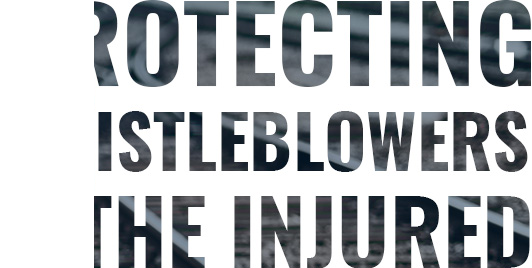Working on a railroad is a dangerous job during which a person might encounter a variety of dangerous circumstances. When an injury occurs, the railroad worker should ensure they get the medical care they need.
Unlike workers in other industries, those who are injured while doing railroad work will need to file a lawsuit under the Federal Employers Liability Act (FELA) to get compensation for damages related to those injuries. One thing to remember about these lawsuits is that they use the concept of comparative negligence to determine the final award given to the injured party.
How does comparative negligence affect the award?
Comparative negligence means that the final award in a case is reduced by the plaintiff’s portion of liability for the injury. The jury assigns the percentages to the plaintiff and defendant when it decides the case. This means that if the jury finds that a plaintiff should receive $100,000 for an injury and then decides that the plaintiff was 10% at fault, the plaintiff would receive $90,000.
There are many ways that you can show that the railroad was more at fault than you were. This includes points such as:
- Showing that the employer didn’t provide the proper tools for the duty that led to the injury
- Calling into question the safety protocol related to the incident
- Proving that safety regulations weren’t being followed in a way that contributed to the accident
Any injured railroad worker should ensure they understand their right to seek compensation. Because there are time limits to get these cases filed, swift action is necessary. Understanding how comparative negligence applies to your case can help you to plan your strategy for getting the compensation you need.

